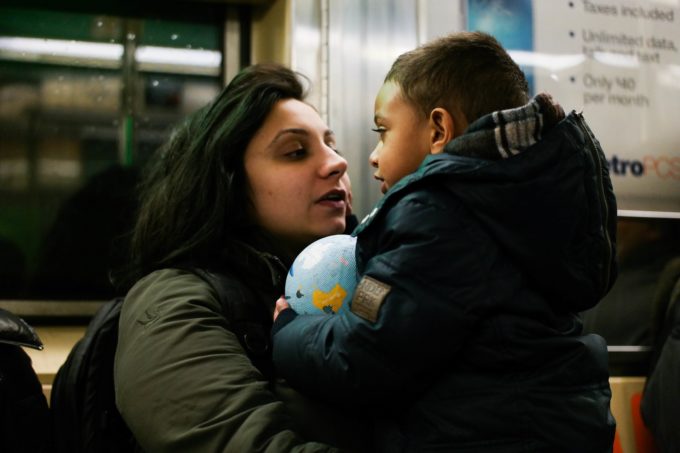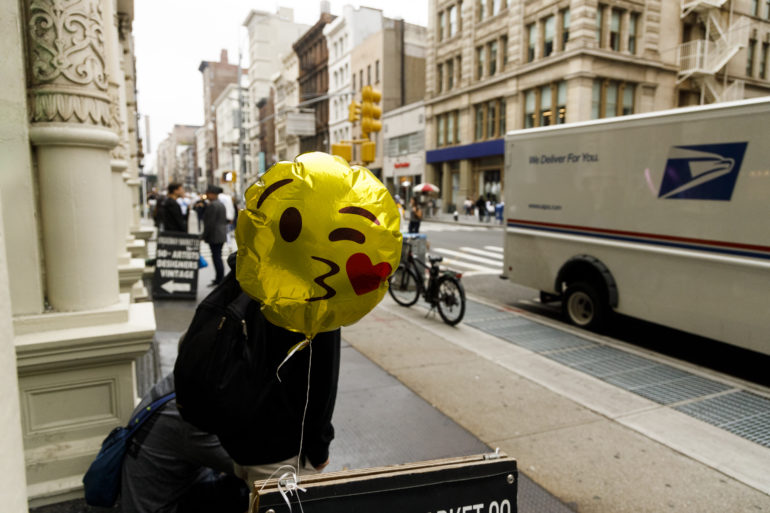Last Updated on 10/01/2020 by Chris Gampat
The idea of the voyeur in photography is one that is romanticized but never discussed in fuller length.
We talk about street photography, street portraiture, and intentions often on this site, but I feel that the idea of the voyeur is something we genuinely need to bring up again. I’m not one to say that voyeurs should be berated, but I think one’s intentions should be put into perspective. To get right to the meat of the problem, I want to tackle the issue of photographing children–an issue often brought up. Many photographers will say “No, that’s wrong and you’re going to get in trouble.” And they’re right–in today’s society, it’s easy to be labeled as a predator of some sort. While taking pictures of people in public is 100% within your legal rights, I believe street photographers should check their intentions in an effort to move street photography forward beyond the casual snapshot and the emulation of all those who came before us. That’s not to say there isn’t good work out there–the street photography world has some fantastic work. But there is a lot of the same and the images of many people look the same.
Why Are We Attracted to These People?
When photographing a person, you should ask yourself a number of questions about why you’re attracted to the people you’re photographing. As much as Bruce Gilden talks about his characters and is met with almost equal levels of hate, many of the images that he shoots show something particularly special about the person in the frame. Folks on the internet may complain about him being gaudy and not stealthy–but at least the people he’s photographing know of his presence though they may not know his intentions. Bruce’s intentions come through in his images: we can often see folks and scenes that stand out from the crowd among many other images that look the same.
What we should be asking ourselves overall is why we are taking photos of the people in front of us in the first place and immediately correlate that to the intentions behind it. That’s not easy for many of us; it takes practice. Lots of photographers practice the idea of shooting first and asking questions later, but in order for that to be justified, one’s overall intentions must be justified in their actions. Can you, as a photographer, say you’re justified in what you’re doing?
“Taking a photo of people passing by a homeless person? You’re not showing that people don’t care about the homeless; you’re taking advantage of a situation.” – From Street Photographers: Are You Genuinely Enamored with Moments, or Are You Just a Voyeur?
Is the Image You’re About to Make Portfolio Worthy?
A further case scenario for all of this is with what a photographer is doing with the image. Some folks shoot for fun, and that’s fine as long as what you’re doing is respectful and done with good intent. But when you’re doing that, one should also strive for ensuring they can create an image worthy of their portfolio. If you’re going to include an image of someone’s back in your portfolio, then genuinely consider why it’s there first.
“Your intentions should always be checked. If what you’re doing is in any way predatory, then you need to put the camera down. If there are genuine and good intentions before you pick up the camera and put it to your face, then please proceed to continue making frames.” – From Rant: Shooting Pretty Women from Behind on the Streets Is Not Street Photography
Every now and again, I get together with a friend and we go through photo books. We critique images and trade ideas back and forth. When we look at images of people’s backs, we wonder why they were taken. To that end, we ask ourselves a number of questions:
- Who is this person?
- What are we seeing about this person?
- Why did the photographer just not ask the person for an image like this beforehand?
- How is this image that much different from all the other images like it out there?
- What about this scene makes this image worthy of printing in a photo book?
- What does this say about the photographer?
- What were they thinking about when they shot this image?
Is There a Great Reason Why You Can’t Start a Conversation with this Person?

Exactly this. If you’re going to take a voyeuristic photo of someone, what’s the reason why you can’t start a conversation with the person. Is the motive for you taking the image still of a truly, heartfelt, and good one?
“I think it’s absolutely incredibly important that for the future of street photography, we teach the future generations to snap a photo and if someone gives them a look of anger, teach them the people skills involved with disarming the situation.” – From Street Photography vs Public Views of the Art Form




